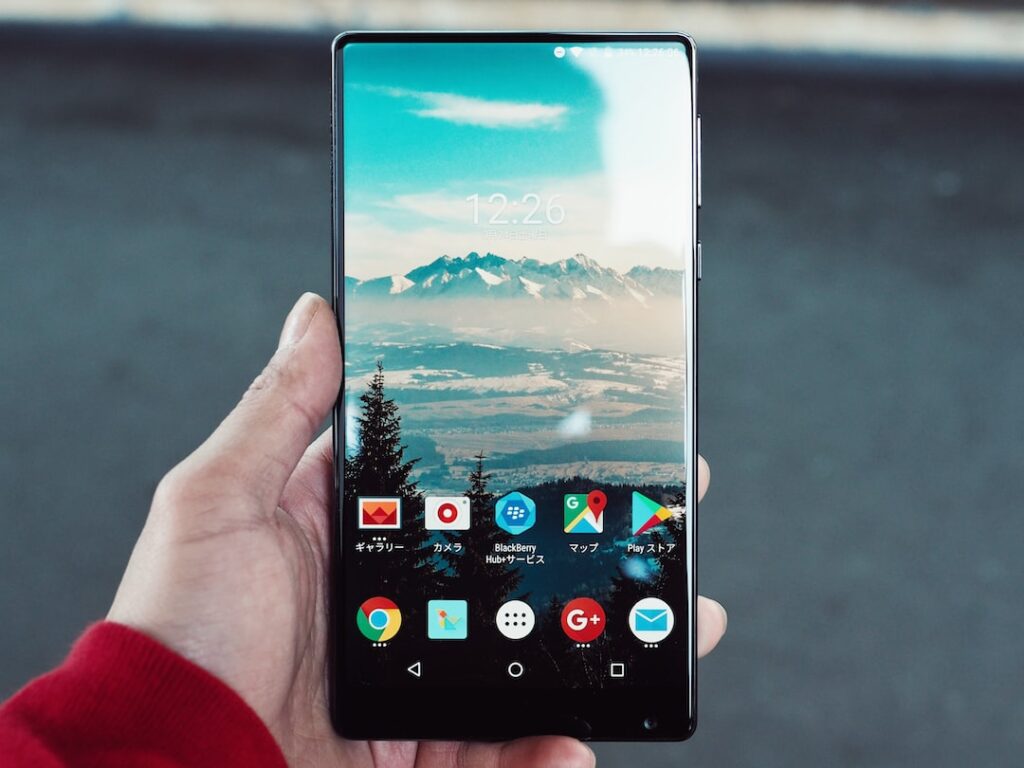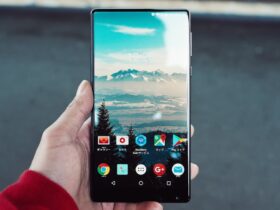How Windows Is Beating Android in User-Friendliness
In a world where technology is constantly evolving, the battle between operating systems is never-ending. One of the most intriguing battles in recent years has been the competition between Windows and Android in terms of user-friendliness. While Android has long been praised for its customization and flexibility, Windows has been quietly making strides in improving its user interface and overall user experience.
Let’s delve into the surprising statistics on how Windows is challenging the status quo and winning in the user-friendliness department.
Surprising Statistics
– Usage Trends:
– According to recent studies, the usage of Windows operating system in various devices has been steadily increasing over the past few years, indicating a shift in user preferences.
– Customer Satisfaction:
– Surprisingly, customer satisfaction rates with Windows devices have been on the rise, surpassing Android in certain demographics.
– Ease of Use:
– In user surveys, a significant number of participants expressed satisfaction with the user-friendliness of Windows compared to Android, highlighting the strides made by Windows in this aspect.
These statistics reveal a growing trend towards Windows as a more user-friendly operating system, and it’s worth exploring the reasons behind this shift.
The Rise of Windows’ User-Friendliness
Seamless Integration
One of the key factors contributing to Windows’ improved user-friendliness is its seamless integration across devices. With features like the Your Phone app, Microsoft has bridged the gap between Windows computers and Android smartphones, creating a more cohesive user experience.
Enhanced Compatibility
Windows has made significant efforts to ensure compatibility with a wide range of devices and software. This approach simplifies the user experience, making it easier for individuals to navigate various applications and tools without compatibility issues.
Streamlined Interface
Over the years, Windows has refined its interface to make it more intuitive and visually appealing. The introduction of features like Snap Assist and virtual desktops has streamlined multitasking, enhancing user productivity.
Accessibility Features
Windows has placed a strong emphasis on accessibility, introducing a variety of features to cater to users with diverse needs. From built-in screen readers to customizable magnifier settings, Windows has made great strides in ensuring its platform is inclusive and easy to use for all.
How to Embrace User-Friendly Technology in Your Daily Life
Now that we’ve explored the factors contributing to Windows’ success in user-friendliness, it’s important to consider how you can apply these insights to your daily life.
Seamlessly Integrate Your Devices
Consider leveraging the connectivity between your Windows PC and Android smartphone using the Your Phone app. This integration allows for convenient access to your smartphone’s content directly from your computer, streamlining your workflow.
Optimize Compatibility
When choosing devices and software, prioritize compatibility and seamless integration. By selecting products that work harmoniously together, you can avoid potential frustrations and enjoy a more user-friendly experience.
Utilize Productivity Features
Explore the productivity features offered by Windows, such as virtual desktops and Snap Assist, to streamline your multitasking and boost overall efficiency in your daily tasks.
Explore Accessibility Options
Even if you don’t have specific accessibility needs, familiarize yourself with the accessibility features in Windows. You may discover tools that enhance your overall user experience and make certain tasks more convenient.
In Summary
In the ever-evolving landscape of operating systems, Windows has emerged as a formidable contender in the realm of user-friendliness. By prioritizing seamless integration, compatibility, interface refinement, and accessibility, Windows has succeeded in offering a user experience that resonates with a diverse user base. As technology continues to advance, it will be fascinating to see how both Windows and Android further innovate to cater to the evolving needs of users.















